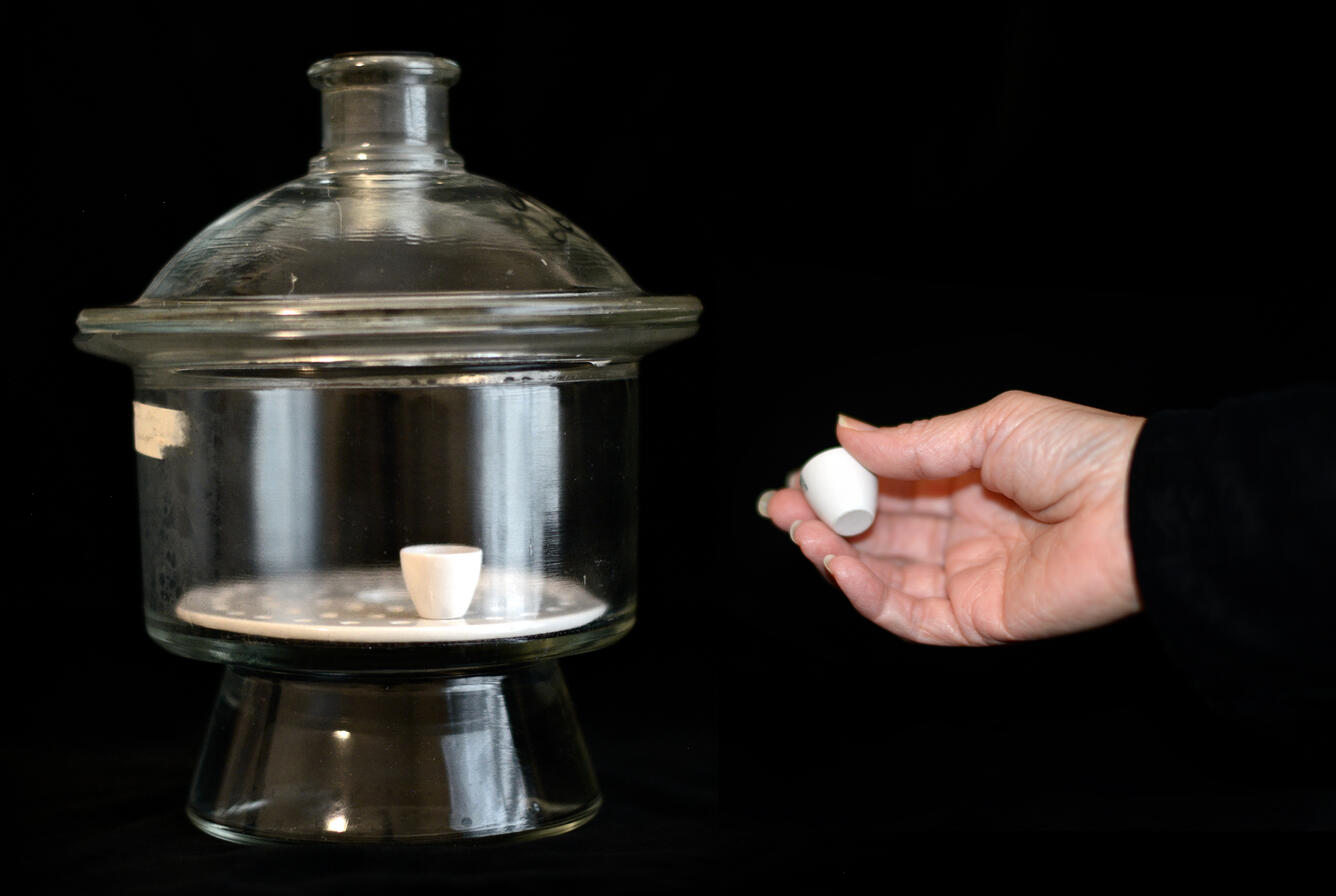A Geologist Tongue Twister
Bring out your inner geologist and take the Geologist Tongue Twister Audio or Video challenge!
First, do an audio or video recording of you reading the Tongue Twister. Second, feature a rock or mineral from your rock collection or go outside and find yourself a rock; they are everywhere!
Be sure to hashtag your video #earthscienceweek and #USGSrocks
This Earth Science week (and beyond) we challenge you to a geology tongue twister. Tell us about your rock specimen. Do you know what your rock type is? There are three groups, Igneous, Sedimentary, and Metamorphic. Is it a rock, mineral, or fossil? Even if you don’t know what kind of rock you have, say something about your rock, mineral, or fossil. Teachers, use this page anytime your class subject is on science with a focus on geology.
Line by Line about our featured rocks and minerals.
Geologists collect …
Slate and Shale slabs
Slate and shale may look similar, they are both stones flattened into parallel sheets, which is called "foliation, hence the confusion. However, slate is a metamorphic rock which make it much stronger and harder than shale which is a sedimentary rock.
Slate
Slate is used for landscaping and construction, such as for pathways and roofing tiles. Before wipe-off boards, most schools used slate blackboards. Slate was also used by American Indians and Alaska Natives in their art, regalia, and tools.
Shale
Shale is a source material in the ceramics industry to make brick, tile, and pottery. Shale can be crushed and heated with limestone to make cement for construction. Today, shale interest is in the petroleum industry, which uses fracking to extract oil and natural gas from oil shale.
Sparkling Sperrylite
Platinum arsenide, sperrylite, is a rare mineral and essential ore of platinum. Platinum is a precious metal commodity used in jewelry, dental work, and as an alloy with other metals for electrical contacts, wires, and laboratory instruments. For example, an alloy of platinum and cobalt is used to produce permanent magnets that create a persistent magnetic field.
Stinky Sulfur
Yes, sulfur is smelly and typically compared to the smell of rotten eggs. Sulfur is both a chemical element and a mineral. Sulfur in its mineral state does not smell, but certain organosulfur compounds make it stink. Sulfur is most often found near volcanoes and hot springs. Sulfur is used in fertilizer, pharmaceuticals, antibacterial soaps, and acne creams. Sulphur is also very flammable and is used in matches and in fireworks made from gunpower. Other minerals and chemicals are used to make firework colors.
Silvery Silicon
Silicon, very abundant in the Earth’s crust, is produced from the source mineral quartz. Silicon is one of many minerals used in the display, electronics, circuitry, batteries, and speakers in your mobile device.
Sedimentary Sandstone
Sandstone is a sedimentary rock composed of sand-size grains of mineral, rock, or organic material. Sandstone was used in ancient times as a building material for temples, buildings, and homes. A relatively soft stone, artists used it to carve ornamental fountains and statues.
Mesa Verde National Park in southwestern Colorado was established in 1906 to preserve and protect the artifacts and dwelling sites, including the famous cliff dwellings, of the Ancestral Puebloan people who lived in the area from about A.D. 550 to A.D. 1300. In 1978, the United Nations designated the park as a World Heritage Site. The geology of the park played a key role in the lives of these ancient people. For example, the numerous (approximately 600) cliff dwellings are closely associated with the Cliff House Sandstone of Late Cretaceous age, which weathers to form deep alcoves. In addition, the ancient people farmed the thick, red loess (wind-blown dust) deposits on the mesa tops, which because of its particle size distribution has good moisture retention properties. The soil in this loess cover and the seasonal rains allowed these people to grow their crops (corn, beans, and squash) on the broad mesa tops. From USGS Pamphlet to accompany Scientific Investigations Map 3224, Surficial Geologic Map of Mesa Verde National Park, Montezuma County, prepared in cooperation with the National Park Service.
Shards and Slivers of Shiny Schist
Schist is a medium-grade metamorphic rock formed from mudstone or shale. Like shale, it is not a very strong stone. Schist's shine comes from their composition of muscovite and biotite; these are called mica schists. Schist does not have many uses, but the gemstones they hold formed during the metamorphism of schist are very valuable. One such gemstone is the garnet that is used as an abrasive for and replacement for industrial sandblasting. Like the red ruby, the garnet has been used in jewelry for centuries.
(If you need to cut-n-paste)
A Geologist Tongue Twister
Geologists collect
slate and shale slabs
sparkling sperrylite
stinky sulfur
silvery silicon
sedimentary sandstone
and shards and slivers
of shiny schist
Get Our News
These items are in the RSS feed format (Really Simple Syndication) based on categories such as topics, locations, and more. You can install and RSS reader browser extension, software, or use a third-party service to receive immediate news updates depending on the feed that you have added. If you click the feed links below, they may look strange because they are simply XML code. An RSS reader can easily read this code and push out a notification to you when something new is posted to our site.












